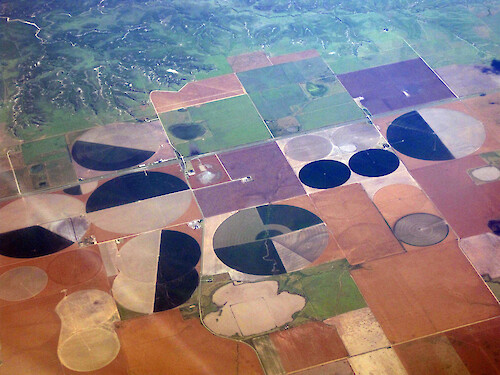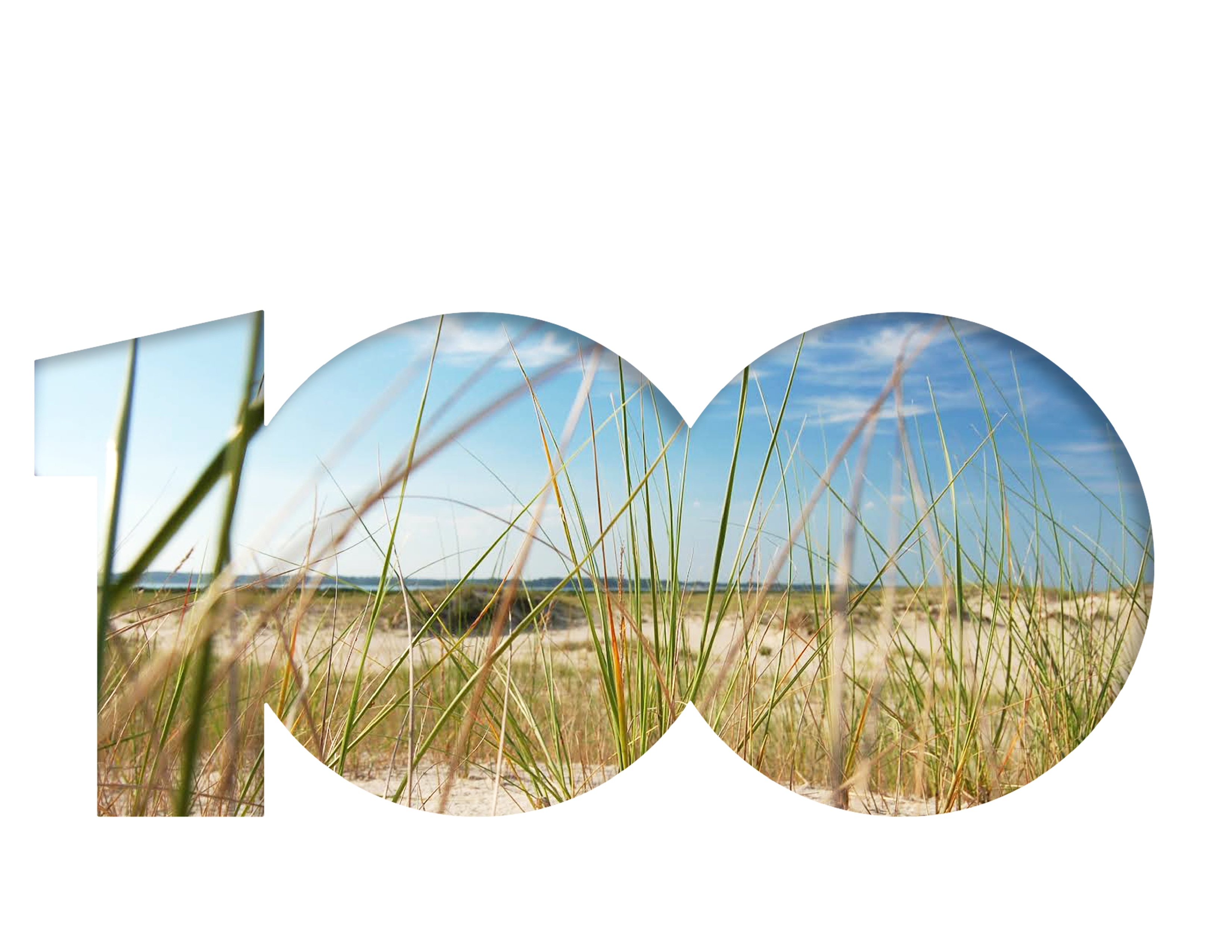A New Face of The Alliance: Implementation
Lina Goetz ·For 50 years, The Alliance for the Chesapeake Bay has brought together communities, companies, and conservationists to restore the lands and waters of the Chesapeake Bay watershed. Through concentrating on project completion rather than only advocating for change, they’re able to work with a variety of stakeholder groups including individuals, businesses, farmers, and local governments to implement solutions that lead to a cleaner and healthier Chesapeake Bay.1
The Focus:
Agriculture- Industrial farming has been a large contributor to toxic run-off and pollution in the Chesapeake Bay.2 The Alliance collaborates with farmers to create resources that keep their farms running while protecting the local waterways. Environmental sustainability is represented differently by all of the stakeholders in the watershed, which makes creating solutions challenging.1

Forests- Healthy forests contribute to carbon sequestration that supports our changing climate.4 The Alliance has numerous partnerships with organizations to plant trees and increase forest cover throughout the watershed.1
Green Infrastructure- Increased development throughout the Chesapeake Bay watershed led to a high concentration of impervious surfaces that contributes to poor water quality (Figure 2).3 The implementation of green infrastructure such as rain gardens, native plant gardens, rain barrels, and permeable surfaces by The Alliance protects people and wildlife throughout the watershed.1

Stewardship & Engagement- Inclusion of a diverse group of stakeholders is important for creating solutions and forming new ideas to protect the Chesapeake Bay ecosystem. The Alliance offers a variety of events and volunteer opportunities to involve the community in finding solutions for the future.1
For the Future:
The Alliance for the Chesapeake Bay emphasizes implementation as a core strategy for restoring the Chesapeake Bay and its watershed. They focus on practical, on-the-ground solutions in addition to advocacy and policy work. By focusing on long-term and sustainable efforts, we can work together to restore and protect the Chesapeake Bay watershed for future generations.1
References
- Alliance for The Chesapeake Bay. (2025). Alliance for the Chesapeake Bay | For our forests. For our streams. For our future. Alliance for the Chesapeake Bay. https://www.allianceforthebay.org/
- UMCES. (2020). Rapid expansion of industrial farming in U.S. contributes to increased pollution, harmful algal blooms. University of Maryland Center for Environmental Science. https://www.umces.edu/news/rapid-expansion-of-industrial-farming-in-us-contributes-to-increased-pollution-harmful-algal
- US EPA. (2022). Water Infrastructure. Www.epa.gov. https://www.epa.gov/water-infrastructure
- USDA Forest Service. (2016). Carbon Sequestration. Www.fs.usda.gov. https://www.fs.usda.gov/ecosystemservices/carbon.shtml
About the author
Lina Goetz

Lina is a senior at Frostburg State University studying Interpretive Biology and Natural History with concentrations in geography, climate science, and sustainability studies. She is also duel enrolled in the Masters in Environmental Management and Sustainability program through Frostburg State.
Next Post > Climbing Down the Ivory Tower
Comments
-
Sabine Malik 9 months ago
This is a great summary of all that the Alliance for the Chesapeake Bay does! It is so important to have groups focused on making implementation of solutions financially and practically feasible, as it seems they are doing.
-
Vanessa Mukendi 8 months ago
Lina, good job on this blog post. Your use of pictures for the focus on agriculture and green infrastructure helped visualize some of these key challenges the alliance is working on. Your introduction part and for the future section helps outlines some history and where they are going for the future which was helpful.
-
George Anim Addo 8 months ago
This is a well-written and informative piece that effectively communicates The Alliance for the Chesapeake Bay's core strategy of implementation. It clearly outlines their focus areas and highlights their collaborative approach. The article successfully conveys their commitment to practical, on-the-ground solutions for the restoration of the Chesapeake Bay watershed.
-
Zhongshi He 8 months ago
I really like how you described implementation as a "new face" of the Alliance. It's so true! It shows the shift a lot of environmental organizations are going through, which is really exciting. They're putting boots on the ground while still keeping up their policy presence. I'm really impressed by your focus on inclusive engagement and stewardship. It's so important to have communities involved for long-term watershed health.
-
M.J. Parsons 8 months ago
I really like how you talked about this group being focused on project completion in addition to advocacy. Great job on capturing environmental initiatives in a succinct manner and communicating the plan. Nice work!
-
Wyatt Palenchar 7 months ago
I really liked how you highlighted different areas and discussed the issues associated with those areas and what the Alliances is doing in each of those sectors. I also liked how you pointed out that the Alliance works with a wide variety of stakeholders to complete projects.

